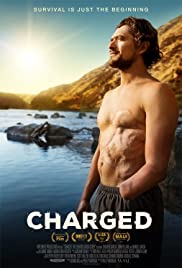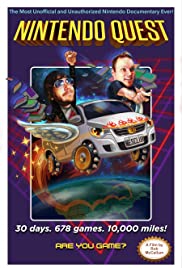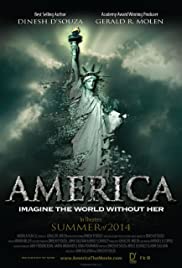
How were the giant stone heads of Rapa Nui – also known as Easter Island – carved and raised, and why? Since Europeans arrived on this remote Pacific island over 300 years ago, controversy has swirled around the iconic ancient statues and the history of the people who created them. Now, a new generation of researchers is overturning old theories, revealing the rich history, innovation, and resilience of the Rapanui people, and uncovering intriguing new evidence about where they – and their practice of monumental stone building – came from.
You May Also Like

Gabriel Iglesias entertains a packed house at El Paso’s Theatre in this Comedy Central special. For I’m Not Fat, I’m Fluffy, the comedian reaches new heights of hilarity, providing eerily perfect imitations and tales too tall not to be true. He also adds a new step to his five levels of fatness, and the sixth level is sure to leave audiences rolling in the aisles.

Documentary: A single girl in an yearns for marriage and motherhood.

Charged with 2400 volts of electricity, Eduardo Garcia lost an arm, ribs, muscle mass and nearly his life, but more important than what he lost is what he found.

Laura Ingalls Wilder: Prairie to Page presents an unvarnished look at the unlikely author whose autobiographical fiction helped shape American ideas of the frontier and self-reliance. A Midwestern farm woman who published her first novel at age 65, Laura Ingalls Wilder transformed her frontier childhood into the best-selling “Little House” series. The documentary delves into the legacy of the iconic pioneer as well as the way she transformed her early life into enduring legend, a process that involved a little-known collaboration with her daughter Rose.

Jan Broberg and her family tell the unbelievable story of how she survived two kidnappings and years of childhood sexual abuse by a family friend.

Not Available

FINDING THE MONEY follows economist Stephanie Kelton on a journey through Modern Money Theory or “MMT”. Kelton provocatively asserts the National Debt Clock that ticks ominously upwards in New York City is not actually a debt for us taxpayers at all, nor a burden for our grandchildren to pay back. Instead, Kelton describes the national debt as simply a historical record of the number of dollars created by the US federal government currently being held in pockets, as assets, by the rest of us. MMT bursts into the media with journalists asking, “Have we been thinking about how the government spends money, all wrong?” But top economists from across the political spectrum condemn the theory as “voodoo economics”, “crazy” and “a crackpot theory”. FINDING THE MONEY traces the conflict all the way back to the story we tell about money, injecting new hope and empowering countries around the world to tackle the biggest challenges of the 21st century: from climate change to inequality.

In the months following the terrorist attacks in Paris, the youth have seized the nights, looking for a sense of belonging in a world they have ceased to understand. Seeking to change the rules, led by new faces, driven by their values and ideals, they open a new dialogue, challenge the state and are getting ready for a new kind of revolution.

Homer’s Odyssey meets King of Kong as two über geeks try to collect all 700+ Nintendo Entertainment System cartridges in 30 days, WITHOUT the aid of online purchasing.

The Business of Recovery examines the untold billions that are being made off of families in crisis. With little regulation or science, addiction treatment has become a cash cow business that continues to grow while deaths pile up.

Political commentator, author and filmmaker Dinesh D’Souza puts forth the notion that America’s history is being replaced by another version in which plunder and exploitation are the defining characteristics. D’Souza also posits that the way the country understands the past will determine the future. Using historic re-enactments, D’Souza explores the lives and sacrifices of some of America’s greatest heroes, including George Washington and Frederick Douglass.

The story of the extraordinary final chapter of Freddie Mercury’s life and how, after his death from AIDS, Queen staged one of the biggest concerts in history, the Freddie Mercury Tribute Concert at Wembley Stadium, to celebrate his life and challenge the prejudices around HIV/AIDS. For the first time, Freddie’s story is told alongside the experiences of those who tested positive for HIV and lost loved ones during the same period. Medical practitioners, survivors, and human rights campaigners recount the intensity of living through the AIDS pandemic and the moral panic it brought about.